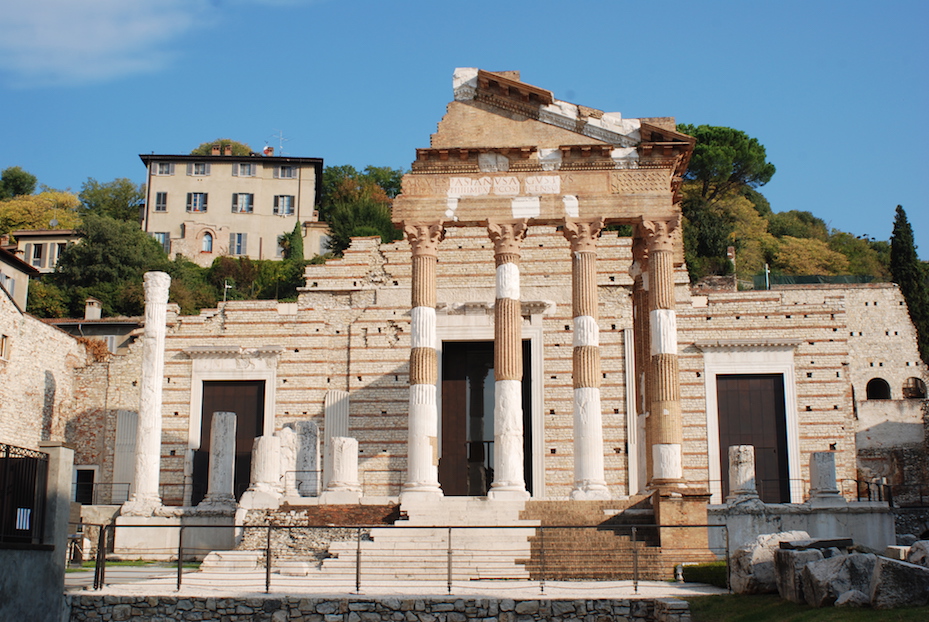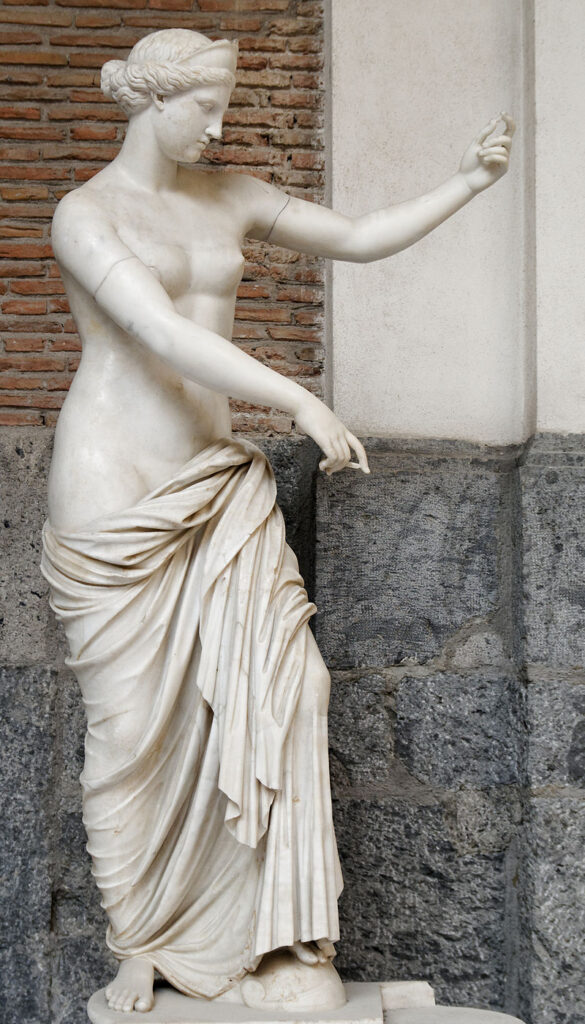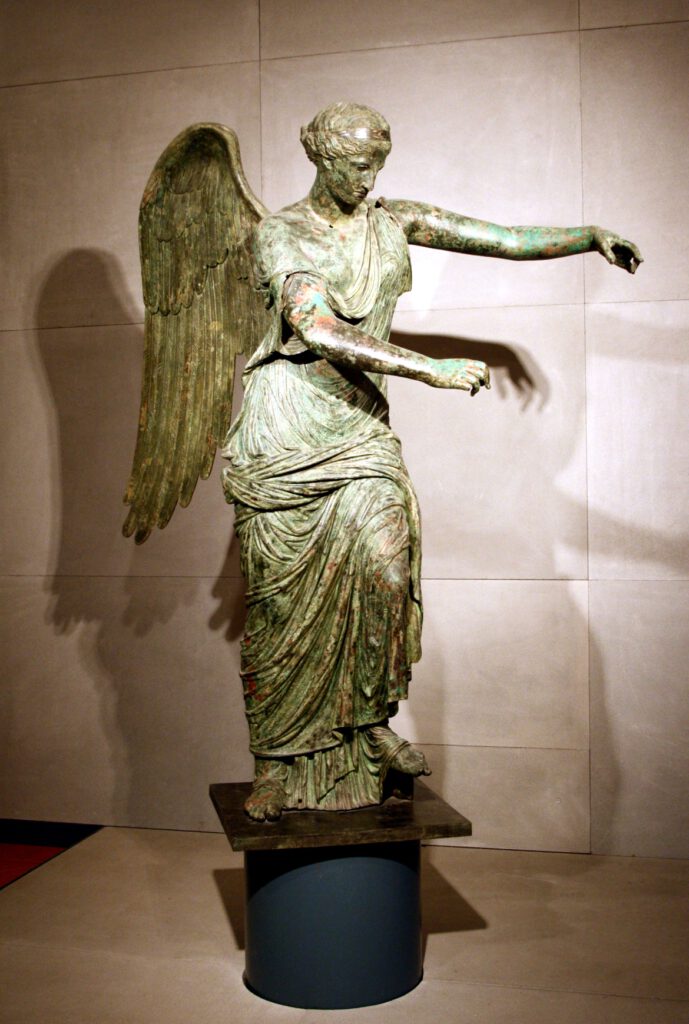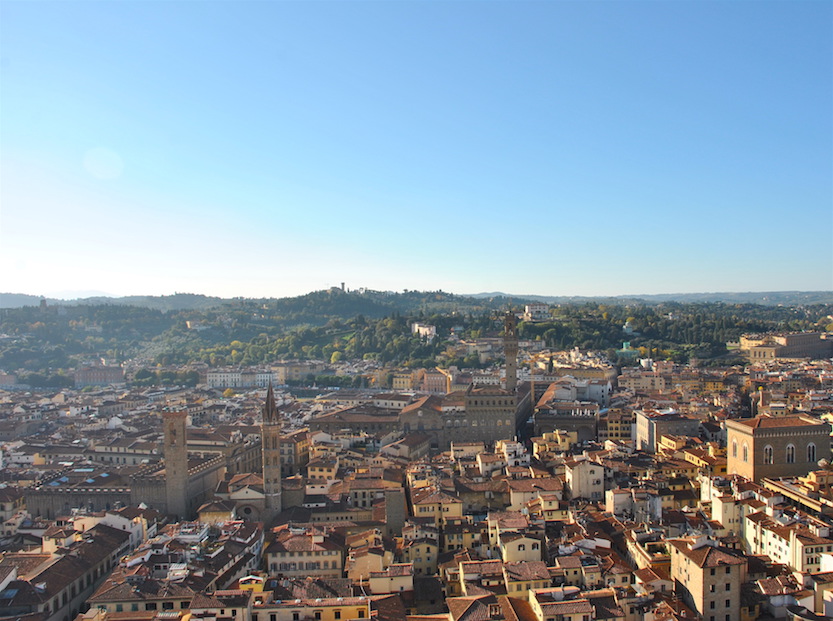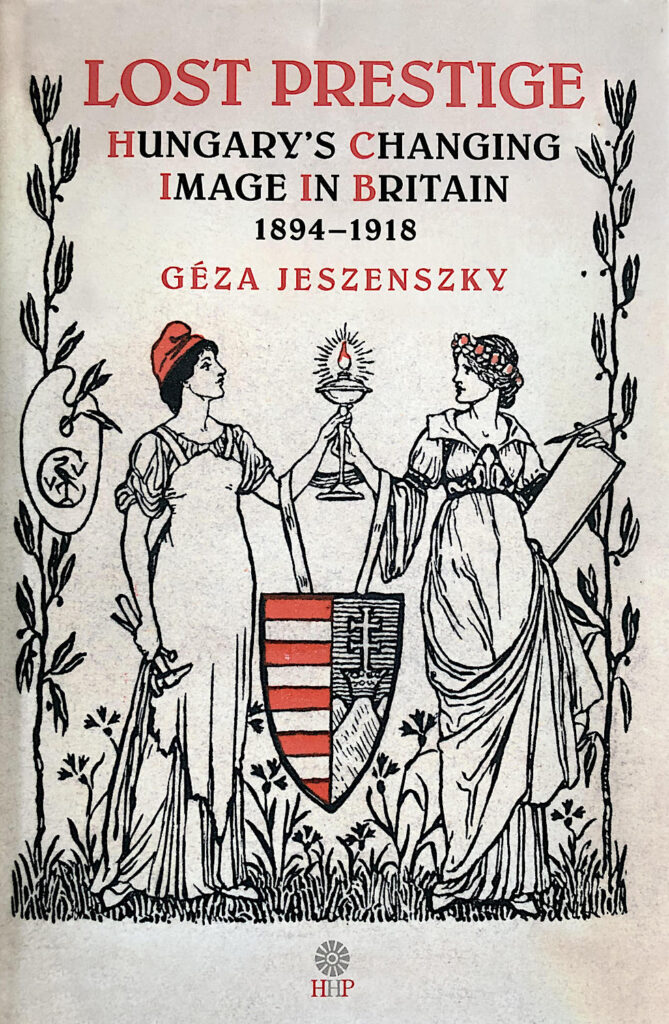
Lost Prestige, by historian, diplomat and former Hungarian Foreign Minister Géza Jeszenszky, now published in English translation, is a book about reputation. Using British perceptions of Hungary in the years leading up to the First World War, it seeks to examine more broadly the relationships between states, and how international reactions to particular events can shape universal judgements. We have all become used to seeing opinions presented as general consensus by a manipulative Press, or appearing to have traction on an unedited social media, but what does this really reveal? We are in a hall of mirrors, Jeszenszky suggests. And behind this, as the silvering on the mirror, lies moral posturing or vested interest.
No mirror is perfect: every looking glass, however well made, distorts the image, sometimes in subtle ways. Nor is the person who looks in the mirror an impartial spectator: they are looking for a reflection that will show them what they want to see or that will flatter their sense of self.
The specific conundrum with which Jeszenszky grapples is this: In 1848, Hungary rebelled against Austria, demanding its constitutional freedoms. Hungarians gained wide international support, particularly in Britain, and came to be seen as a noble people standing up bravely against oppressive and absolutist masters. By 1914 this reputation was in tatters and it was Hungary, rather than Austria, who was regarded as authoritarian and chauvinistic. How did this happen?
If we cannot see things directly ourselves, we rely on mirrors and lenses for information. Lost Prestige is an examination of how the perception of things and the way those perceptions are presented can alter the course of history. Immediately after 1848, Hungarians were largely telling their own story. The anti-Habsburg revolutionary Ferenc Pulszky spent his exile in Britain and his wife Theresa wrote a best-selling memoir in English. The architect of the revolution, Lajos Kossuth, toured Britain and America giving talks to enthusiastic audiences. But although reactions were widely favourable, the Habsburg empire was nevertheless still seen as integral to the European balance of power. Voicing public support for plucky Hungary’s bid for independence was one thing, but Britain’s mandarins were privately pleased when in 1849 Russia stepped in to crush the revolution and to restore the integrity of Austria. A fully independent Hungary was not in Britain’s interests. It was a romantic idea, perhaps, but not a sensible one. In the first years of the 20th century, however, two influential British commentators appeared: Henry Wickham Steed (Vienna correspondent of the Times), and R.W. Seton-Watson, a journalist and campaigner. Initially both men were great champions of Hungary but over time their attitudes became more and more critical. Their conclusions not only swayed the opinions of the British public; they also began to influence British foreign policy, in Hungary’s disfavour. How and why?
By the 1890s, Hungary was no longer the underdog. She was widely seen to have received a “good deal” in the Compromise agreement of 1867, when the Dual Monarchy of Austria-Hungary came into being, but the huge bulk of her non-Magyar population—Croats, Slovaks, Romanians and others—lacked political representation. International sympathies now turned to these marginalised minorities. Britain had another reason, too, for deploring Hungary’s attitude: internal conflicts between Magyars and non-Magyars blinded the country as a whole to the external threats besetting it. In holding up a mirror to Hungary, Britain hoped to see a bulwark against German ambition. Instead it saw selfish, Magyar-centric chauvinism, an arrogant assumption that the prosperity Hungary enjoyed was all of her own making, and petty quarrelsomeness with Austria in demanding more rights for herself while denying those same rights to her non-Magyar peoples. Hungary’s obstreperousness in obstructing the proper workings of Parliament and stubbornly insisting on a Hungarian language of command (instead of German) in the Hungarian army (despite the fact that almost half of its soldiers were not Magyars) was widely deplored. For decades the existence of a united Austria-Hungary had been central to British policy, its dissolution unthinkable. Britain now began to think about it.
It was at this point that Wickham Steed and Seton-Watson came into their own. The Monarchy’s Slavs, Wickham Steed reported, were more reliably anti-German than the Hungarians. Partition of Austria and the creation of new buffer states along ethnic lines might be a better safeguard against German domination of the region. The creation of such states would bring the added advantage of liberating peoples groaning under a system of repression by Hungary which Seton-Watson described as “without any parallel in civilized Europe”. This book does not directly blame Seton-Watson or Wickham Steed for the outcome of Trianon (the post-WWI treaty by which Hungary was deprived of two thirds of her territory, millions of her citizens and a significant proportion of her natural resources), but it was Britain who led the charge towards the dismemberment of the Habsburg empire and it did this even before the War was over, for example by entering into treaties with Italy and Romania, enticing them over to the Allied side in return for territorial reward. Jeszenszky quotes a telegram sent in January 1915 to the British Embassy in Bucharest by the Foreign Secretary Sir Edward Grey: “We have already declined to entertain any suggestion of Hungarian independence that would prevent satisfaction of Roumanian national aspirations as regards Transylvania.” It was a done deal. What Britain did not see was that there is no such thing as “the Slavs”. Croats, Serbs and Slovenes do not always think alike and their interests are not necessarily the same; nor are those of Czechs and Slovaks. Prophetic voices such as that of the intelligence officer Leo Amery, warning that breaking up Austria-Hungary would create a “new Balkan” of weak, unstable states which would “sooner or later lead to another war”, were ignored.
Britain was an imperial power not known for championing the self-determination of the peoples under her dominion. How dare she, one might ask, attack Hungary on the subject of the way she treated her minorities? Wickham Steed excused himself by maintaining that his attitude was directed purely and simply by British national interest. As he saw it, a Hungary which worked in harmony with its nationalities would be a stronger ally against Germany. One that was at daggers drawn with them was a danger to Britain. Seton-Watson’s attitude was more personal. He had friends among the non-Magyars in Hungary and the horror-stories they told him led him to see everything in black and white. His Racial Problems in Hungary (1908) was shocking and convincing but it was also exaggerated and factually selective, “a passionate piece of polemical writing”. Hungary was certainly unlucky in making an enemy of him, since he was more of an activist than a historian. He orchestrated the bombardment of Austro-Hungarian troops with leaflets showing proposed new national borders and urging Slav and Romanian soldiers to desert and join international legions. Murky tactics. But Jeszenszky notes that Hungary was fooling herself in clinging to the notion that she was or could become a homogenous nation and her tendency to see all manifestations of national feeling as separatism, and thus to crush them, merely served to fan the flames.
In some ways this book is a portrait in non-fiction of the plot of Miklós Bánffy’s Transylvanian Trilogy: a wilfully blind elite class of Magyars refusing to see how hard the people they oppress (both the national minorities and the working classes) are longing for their destruction. And Jeszenszky pulls off a rare feat: he makes parliamentary history into a page-turner. But quite a lot of background knowledge is taken for granted and readers not already familiar with Hungarian history will need to look things up, because Lost Prestige is not a history book, it is a book about image: about how Hungary was viewed and judged by external media and about how it failed to turn the mirror on itself to see how big its warts really were.
The Paris Peace Conference made many mistakes. In Central Europe, multiple peoples were living “overlapping and mixed and it was next to impossible to create States uniting all the members of a nation and having no large minorities that had their own distinct language and identity.” Human nature is universal and after Trianon, Hungarians found themselves minorities among the peoples they had tried to Magyarise. But what would have happened if Hungary had appeased its nationalities? Would concessions have prevented the break-up of the Hungarian lands? Or merely accelerated it? The opinions that become history are all about perception. Perceptions drive events. Tony Blair and the spin doctors were right: it is crucial to put the right gloss on things.
The English translation of this book is timely. How is it that Hungary has once again alienated the world’s press, when in 1956 and 1989 it was lionised? Are we seeing a repeat of 1848 and 1914? It is always tempting to look for historical parallels. The UK’s vote to leave the EU unleashed intense confrontation between leavers and remainers. Can similarities be seen with post-Dualist Hungary? Does today’s European Union approximate to the federation of states that some early 20th-century observers believed was the solution to Austria-Hungary, Germany, Russia and European equipoise?
And to what degree were Seton-Watson and Wickham Steed’s analyses fair? Reputation is a fragile thing, an “idle and most false imposition, oft got without merit and lost without deserving” (Othello). Hungary, as Jeszenszky points out, was neither so liberal before the turn of the 20th century nor so reactionary afterwards as British commentators portrayed it. But instead of angrily blaming the mirror for distortion, he suggests, a better response is to consider instead whether some of the faults it shows might actually be there. We should take Jeszenszky’s concluding lines to heart: “Self-awareness that also rests on criticism from others is essential to individuals as well as to nations.”
Lost Prestige: Hungary’s Changing Image in Britain 1894–1918, by Géza Jeszenszky. English Translation by Brian McLean. Published by Helena History Press, 2020. Reviewed here by Annabel Barber.







